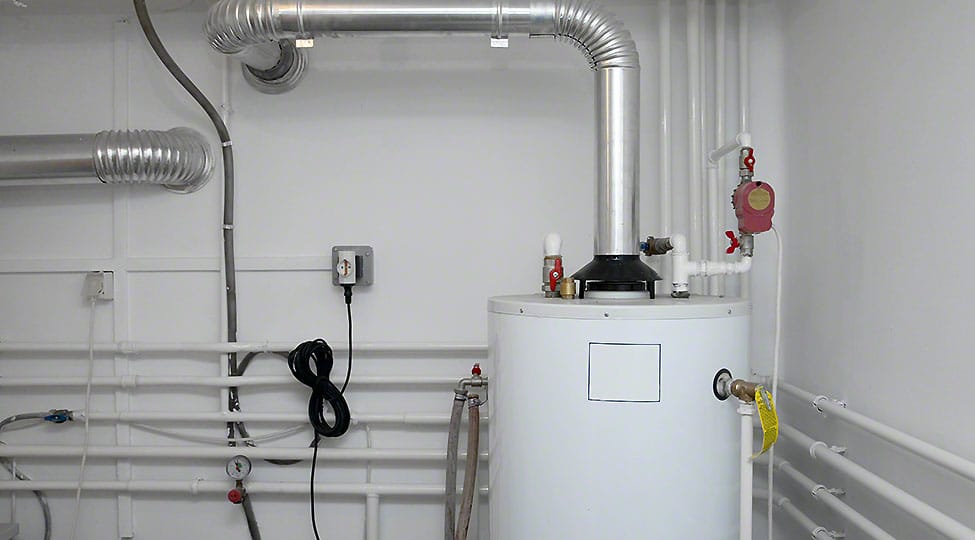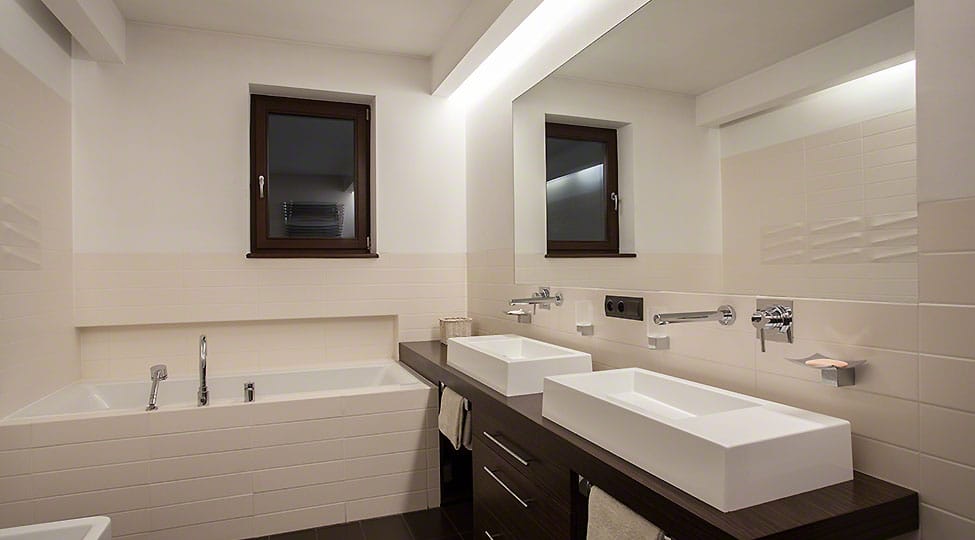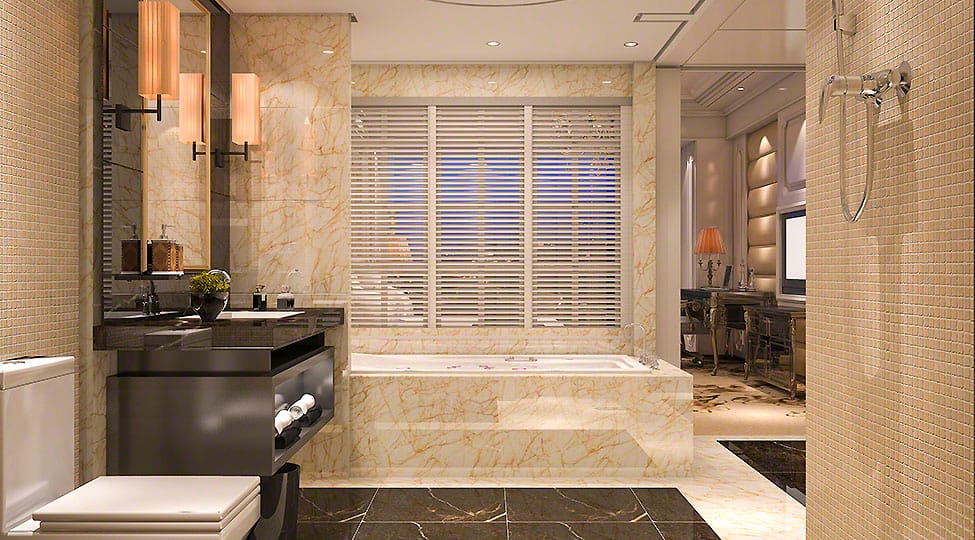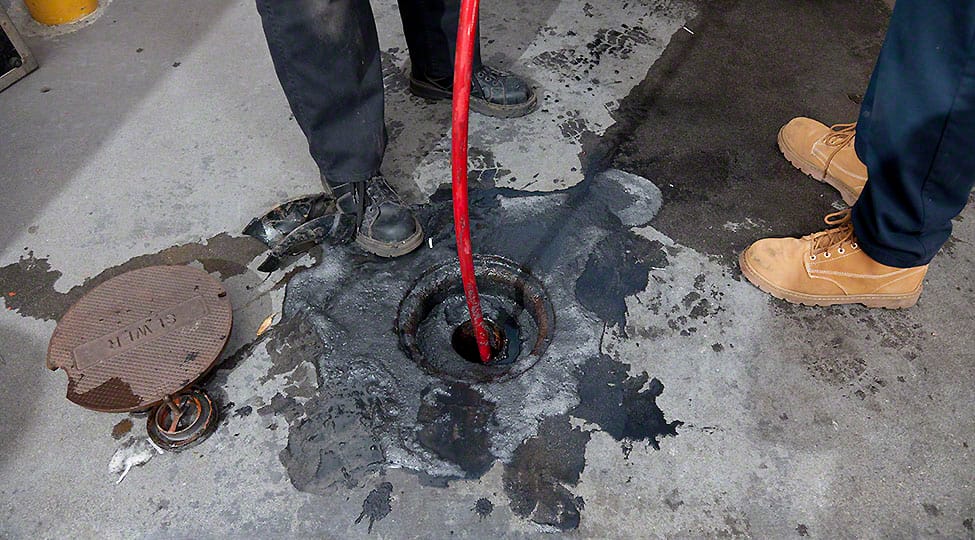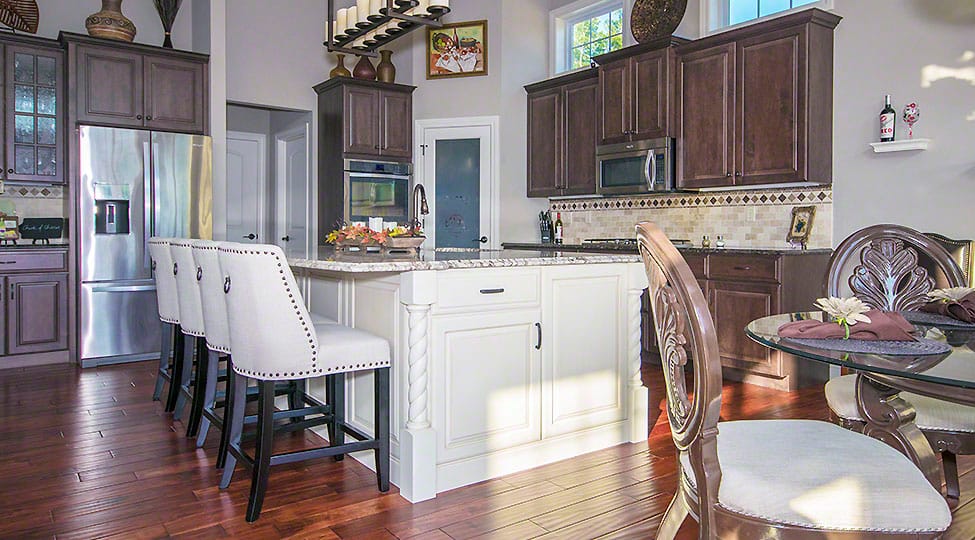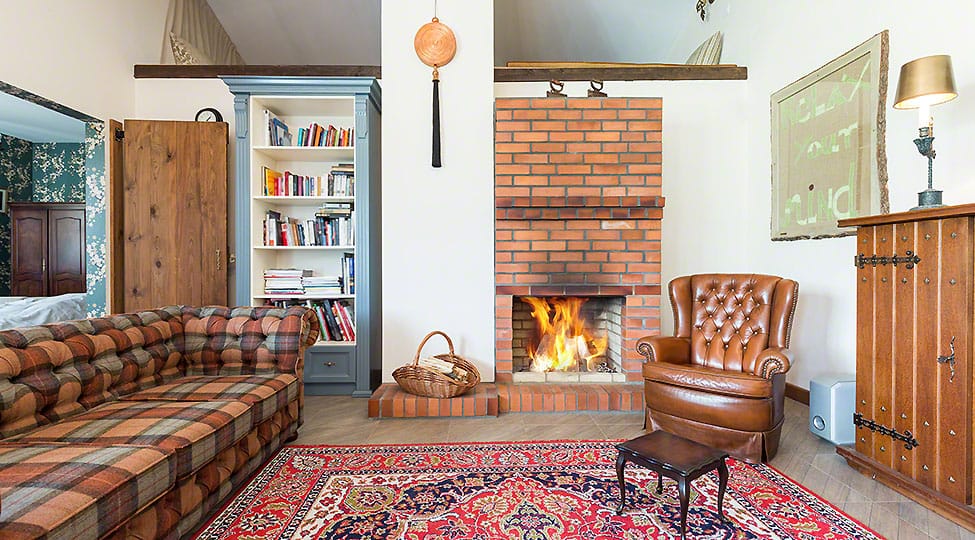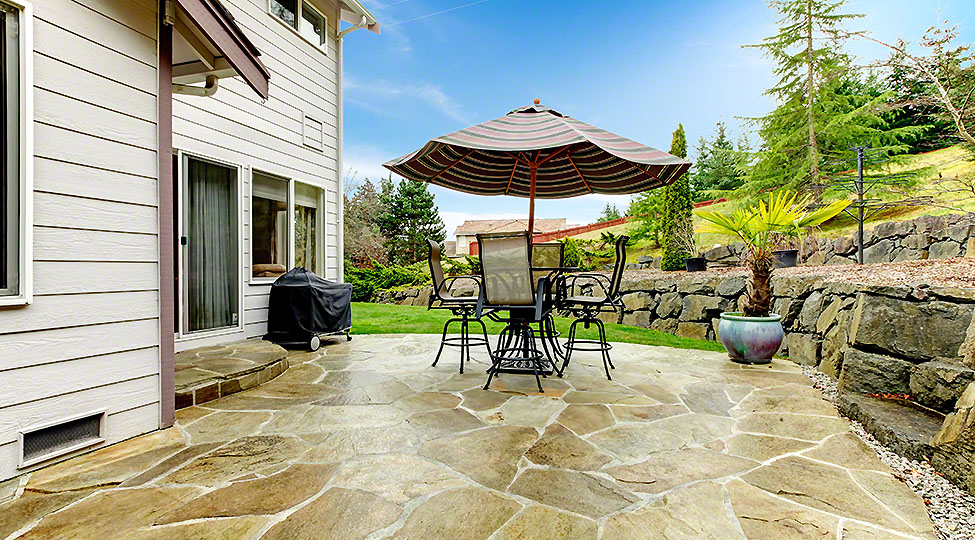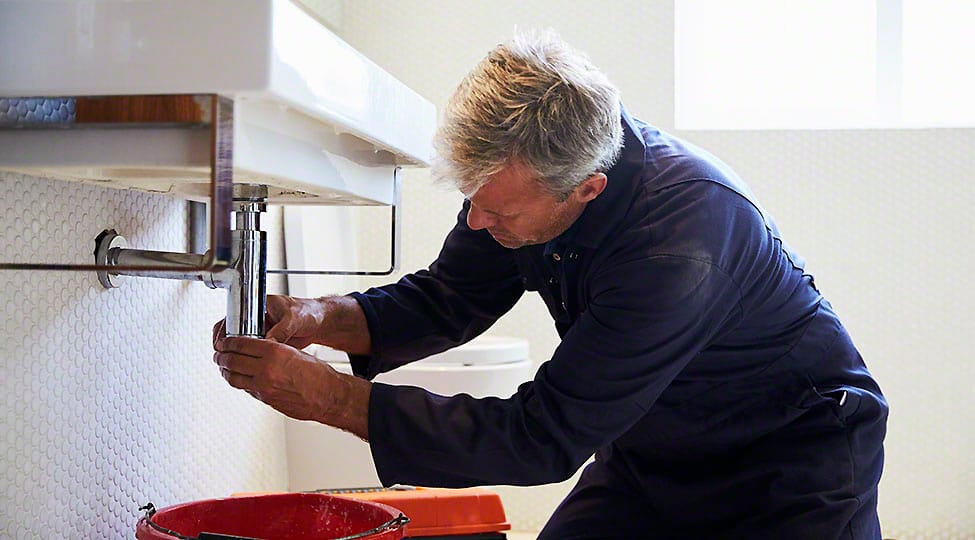As the temperatures drop, you’re probably thinking about how to keep your home comfortable and energy-efficient. A properly functioning heat pump is crucial to your home’s comfort. If you’re not maintaining your heat pump properly, you could be in for some serious problems.
To help you out, here are tips given by heating repair services DC that will help you keep your heat pump running smoothly.
Schedule regular inspections with a professional HVAC technician
Heat pumps are more complicated than other furnaces and air conditioners and require regular maintenance checks by trained technicians.
You, therefore, want to schedule inspections every few months or at least twice per year, depending on your needs, and make sure that your technician performs routine maintenance, such as cleaning the condenser coil and checking for any signs of wear or damage.
Keep the unit covered when not in use.
Heat pumps are designed to be left running during the winter months, but you must cover them when you’re not using them, so they don’t get damaged by weather or animals. Also, be sure that any vents or openings on the unit are covered.
If you’re storing your heat pump outside for an extended period of time, consider disconnecting it from its power source to avoid damage from any potential moisture build-up inside the unit itself.
Clean and maintain the outdoor unit regularly.
The outdoor unit collects dust and dirt over time, which can reduce its efficiency and shorten its lifespan. Cleaning it regularly will help it run more efficiently and last longer.
Use a soft brush or vacuum attachment to remove dust from the fan blades and coils on the outside of the unit and from inside panels if there is any. You should also clean any filters on an annual basis.
Change the air filter monthly or as recommended by the manufacturer
An air filter captures dust, pollen, and other particles from entering your unit. Over time, this can clog up the internal parts and cause it to work harder to cool down your home, which increases energy costs.
As such, you want to change it monthly or as the manufacturer recommends. Most air filters should be changed every three months, but some may need to be changed more often. Check with your owner’s manual or contact your HVAC contractor for more information.
Check for leaks and repair them immediately.
Leaks can cause problems with your heat pump’s efficiency and cost you more money in the long run. Check all hoses and pipes and ensure they don’t have leaks or cracks. If you find any leaks, fix them as soon as possible.
This will save you expensive repairs or replacements in the long run.
Clean out the drain pan regularly
A dirty drain pan can cause serious damage to your heat pump, so it’s important to keep it clean at all times. Make sure you clean out the drain pan regularly and perform routine inspections for signs of damage or wear and tear on the components inside the unit.
Check for cracks or other signs of damage on coils and fins and dirt build-up around fan blades and motors.
Do not attempt to repair any part of your heat pump yourself
Heat pumps are complex systems that require specialized knowledge to work on them safely. Therefore, you should not attempt to repair any part of your heat pump. This is because heating and cooling systems are complex machinery, and if you try to fix them yourself, you could end up doing more harm than good.
Bottom Line
If you’ve ever had an air conditioner break down during the summer months, then you know how important it is to maintain these systems. The same holds for heat pumps. If you want yours to last for years, then these simple maintenance tips from HVAC repair services will help you get the most out of yours.
